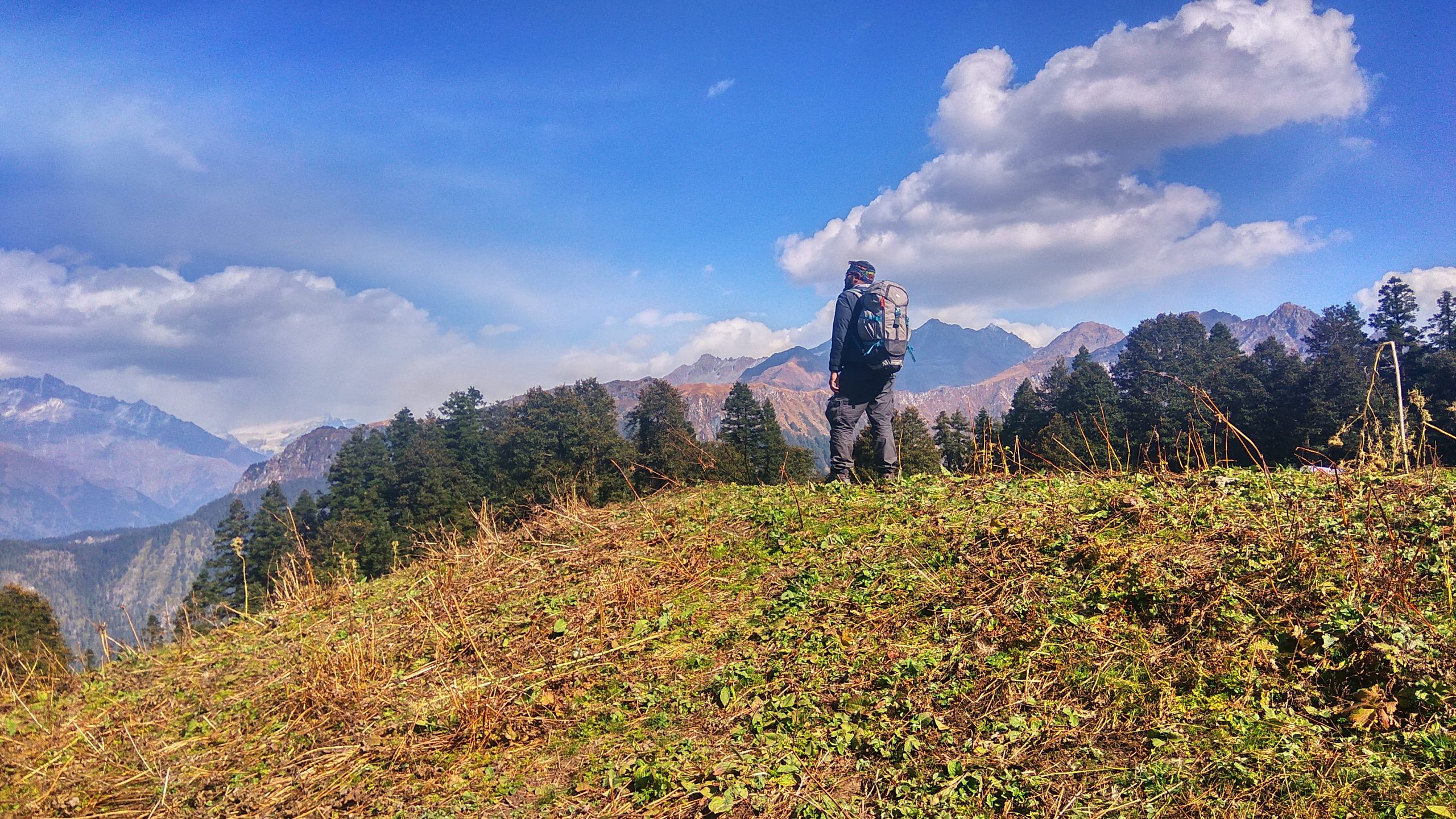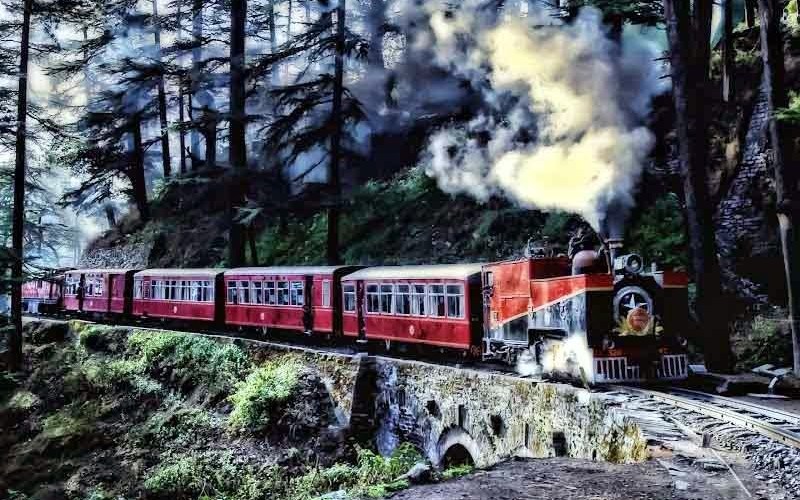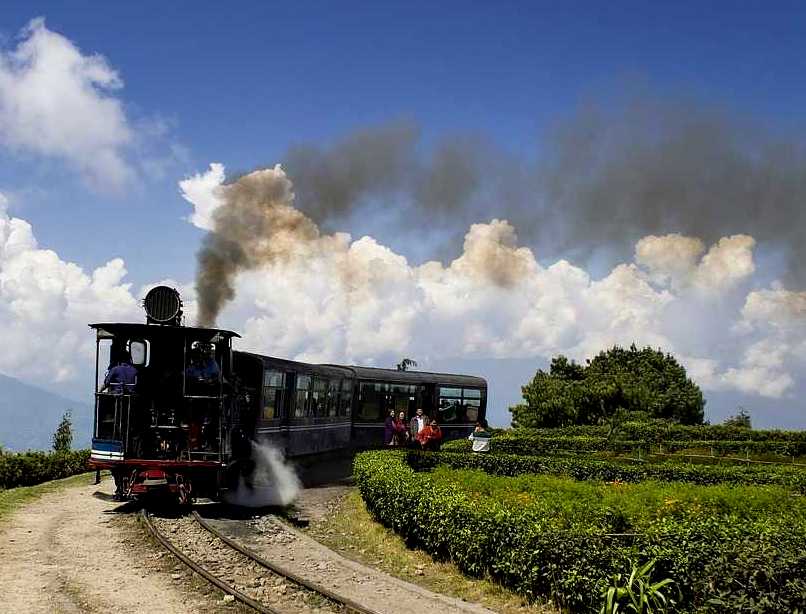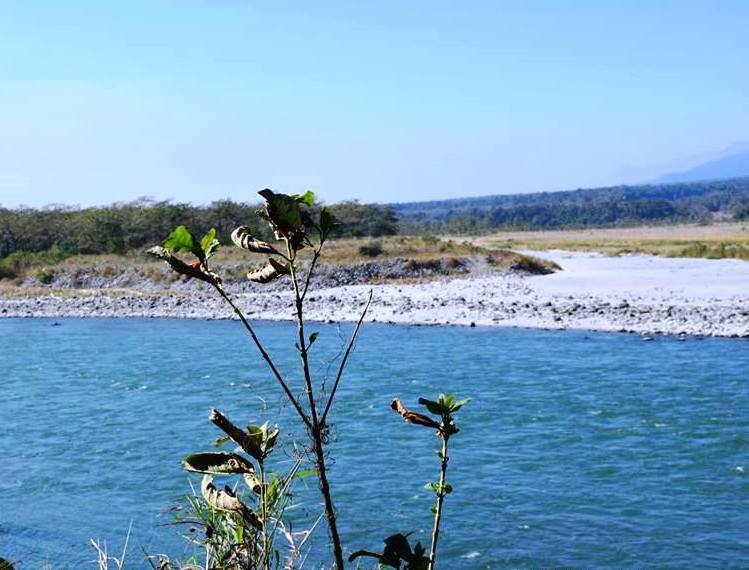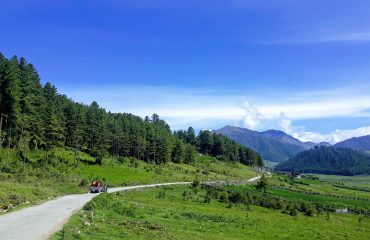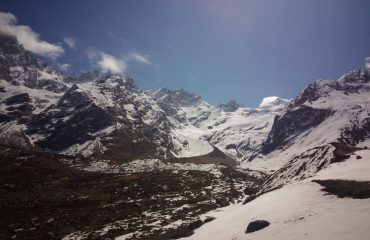KNOW THE UNESCO WORLD HERITAGE SITES OF THE INDIAN HIMALAYAS
The Himalayas have everything one needs- greenery, snow, peace, love, challenges, and life!
Perhaps, that is a reason why it also adorns several destinations and places that are unique and beautiful distinctly.
On World Heritage Day APRIL 18, we celebrate and appreciate all the efforts of communities, government, and every person to help tourism grow in the Himalayas while keeping in mind the preservation and conservation of UNESCO World Heritage Sites.
Great Himalayan National Park (GHNP)
Great Himalayan National Park (GHNP) , a UNESCO World Heritage Site, is India’s youngest national park located in Kullu district in the state of Himachal Pradesh, India.
The park was established in 1984 and is spread over an area of 1,171 km2 at an altitude of between 1500 to 6000 meters above sea level.
Home to about 25 Internal Union Conservation of Nature (IUCN) red-listed plant species, GHNP in Kullu district of Himachal Pradesh is a paradise breathing free and alive. There are about 180 species of rare birds ,including endangered Western Trapogan, and mammals there, including the stunning snow leopard. Many villages surrounding the park, thrive with dependence on the park. GHNP is also one of the most popular trekking and exploration sites in the Indian Himalayas.
Mountain Railway, Kalka – Shimla
It is one of the three World Heritage mountain railways in India, comprising a massive number of tunnels and bridges. There are about 102 tunnels and a whopping 864 bridges! It is absolutely stunning an experience. The longest tunnel, Baroh tunnel, named after Col. Barag also comes in the route. He was the engineer who began the construction of this tunnel, however, after having constructed a large part of it, he realized that it is not aligned. He committed suicide after paying a fine of Rs 1.
Darjeeling Mountain Railways
This hill railway is one of the firsts in the world and the first in India. The train faces a very sharp curve of 12 degrees on its way. With stunning view around, the Darjeeling Mountains Railways is not to miss when travelling there. There were no tunnels made on this route, but an earthquake in 1934 required the construction of a small tunnel.
Manas Wildlife Sanctuary
Situated on India-Bhutan border in Assam’s Himalayan foothills, Manas Wildlife Sanctuary is an incredible experience. In 1922, it was declared as one of the World Heritage sites in Danger, by UNESCO. Poaching and hunting were rampant, including terrorist activities. However, commendable, relentless efforts changed the face of the sanctuary and UNESCO withdrew that title in 2002. This sanctuary is well known for tigers and elephant reserves. There is a huge variety of flora and fauna found here, including several endangered species like Bengal Florican.
Valley of Flowers National Park
Spread over a sprawling area of 87 square kilometers in Uttrakhand’s Chamoli district, Valley of Flowers is a paradise on earth. It is set in the backdrop of Zanskar Ranges and was discovered by Mountaineer Frank S Smith in 1931. It is a fairyland up on the Himalayas, protected by snow-covered mountains. This place unfolds the best of nature’s glory, colors, and charm.
Nanda Devi National Park
Located within the vicinity of Nanda Devi (7817 m), India’s second highest mountain peak, this national park presents a spectacular view within its wilderness. With the Nanda Devi peak staring loud at the park, and a large variety of flora and fauna, the park shines in a peculiar glory. Within its vicinity is the valley of flowers, Badrinath Temple, and Hemkund Sahib. The park was notified in 1982 but has a long history. W. W. Garden was the first person to reach this region in 1883 but he failed to create an impact. Later, Tilman and N.E. Odell scaled the Nanda Devi in 1936, and the gates for this stunning place opened for all!
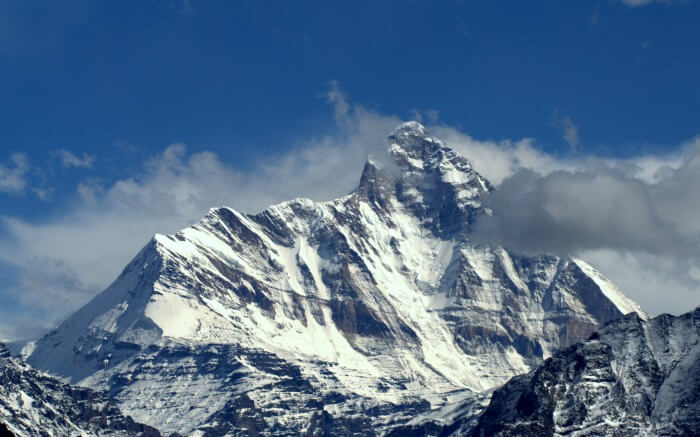
Khangchendzonga National Park
Khangchendzonga National Park also Kanchenjunga Biosphere Reserve is a National Park and a Biosphere reserve located in Sikkim, India. It was inscribed to the UNESCO World Heritage Sites list in July 2016, becoming the first “Mixed Heritage” site of India. It was recently included in the UNESCO Man and the Biosphere Programme. The park gets its name from the mountain Kangchenjunga (alternative spelling Khangchendzonga) which is 8,586 metres (28,169 ft) tall, the third-highest peak in the world. The total area of this park is 849.5 km2(328.0 sq mi).
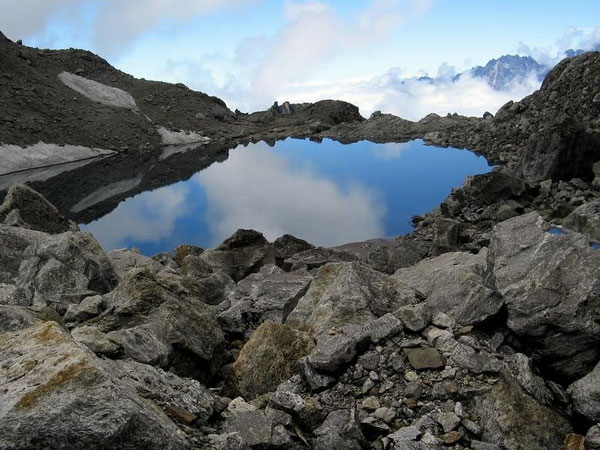
PICTURES CREDIT: INTERNET



